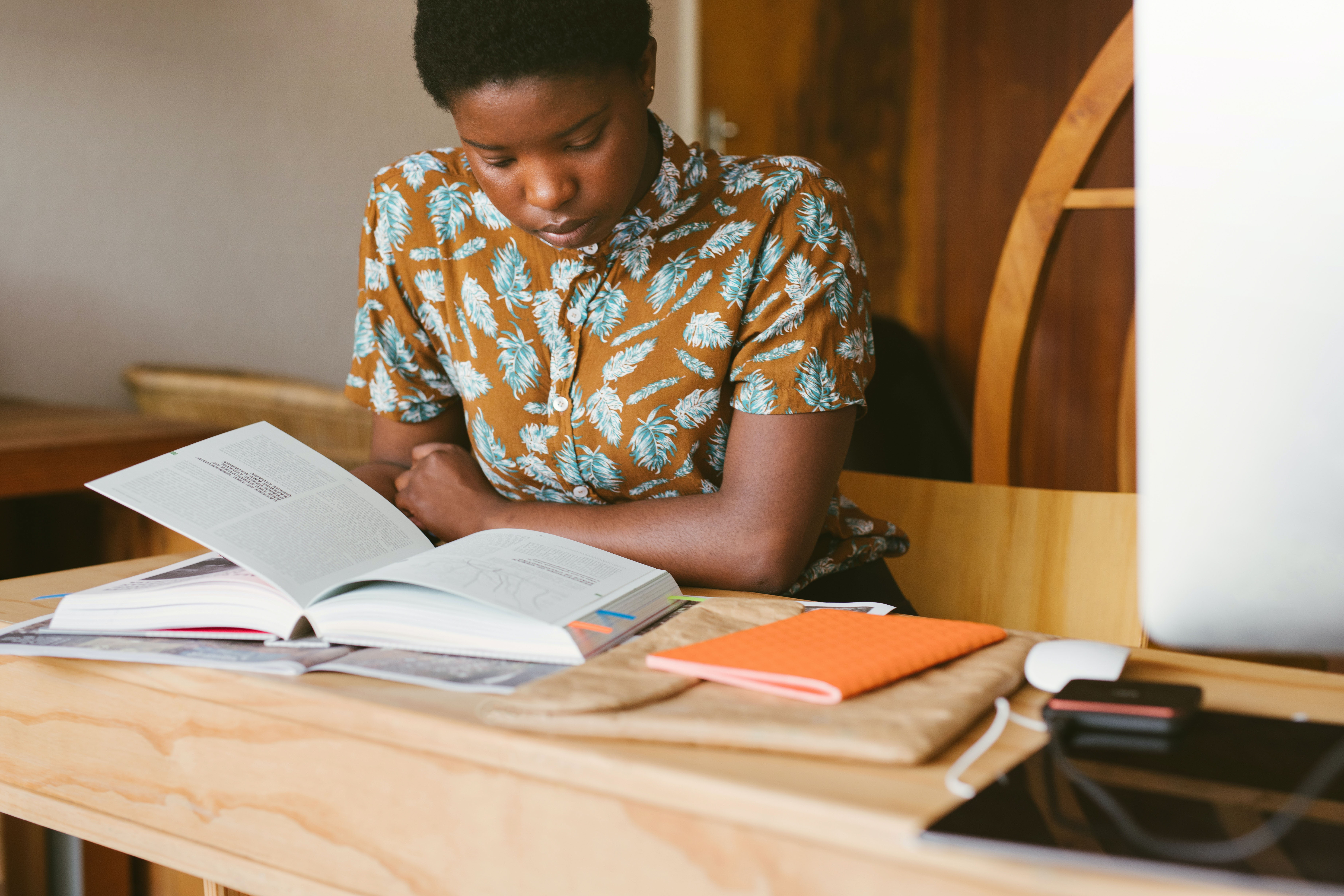Neuroscience
Activating the Brain Through Meaning
Learning only happens when the biology of the brain is activated and altered. In other words if there is no biological change in the brain then there is no learning.

Learning only happens when the biology of the brain is activated and altered. In other words if there is no biological change in the brain then there is no learning.
All students have 'meaning networks' in their brain, which are brain structures that must be ‘switched on’ in order for neurological change to take place. If the new learning can activate or ‘excite’ the student’s neurological meaning network then learning begins to happen by releasing neurotransmitters that will cause new neurological growth. This new growth creates a biological change in the brain and results in learning.

The brain is a social organ
Building in collaborative working times and allowing students to make connections through personal interaction with peers
Active learning stimulates neural connections and promotes long term memory
Exposing students to a variety of experiences ranging from direct teaching to hands on discovery of learning while completing ongoing self-assessment of learning
Moderate stress is beneficial for learning
Allowing students to discover learning through an itinerary of well-orchestrated activities, resources and assignments designed by the teacher

Student ownership increases motivation
Allowing choice and giving responsibility for learning to students
Teach metacognitive strategies
Teaching reflection skills to students and how to self-assess their learning on a Learning Map
Access prior knowledge
Reviewing prior knowledge connected to new learning on a Learning Map
Receive immediate and regular ongoing feedback
Formative assessment throughout the learning experience rather than waiting until a summative assessment at the end of the unit
Make learning meaningful
Posing questions about real-world scenarios that students will work to solve
Learners need to feel in control
Shifting the responsibility for learning to student
Learners learn in different ways
Personalized learning through a variety of experiences and methods of demonstrating understanding
Learning happens through movement
Opportunity to move around the learning space as needed rather than being confined to a desk in rows
Stimulate positive emotion
Creating positive social interaction through collaboration
Eliminate fear
Creating a climate of trust through a Code of Cooperation and a culture where it is safe for students to identify what they don’t know
Multi-sensory learning increases learning effectiveness
Presenting material in multiple ways and a variety of experiences through a Learning Adventure

One of the more important elements of Profound Learning is the shifting role of a teacher from a disseminator of information to a designer of brain compatible learning experiences. Learning is not the responsibility of the teacher, but that of the student. The teacher’s responsibility is to create context, conditions and connections for the learning. This can be achieved through designing brain compatible learning experiences that not only cover the required curriculum but also allow students to develop Future Ready skills.
Imaginal Education has tools and systems through which these brain compatible experiences can be designed and delivered to students. Purposeful practices, strategies and processes are embedded into the learning experiences of students, all of which cater to how the brain learns best.
Imaginal Education pulls from several of the sciences associated with learning (neuro, cognitive, and behavioral sciences) to formulate a methodology that elevates the overall effectiveness of the learning. A system based on these system processes (and more) will transform education.
As you will see in the film 'The Greatest Thrill', learning experiences that are designed to incorporate neuroscience concepts are so much more meaningful and exciting that student learning becomes increasingly self-directed. Being motivated and self-directed in their learning is one of the most vital assets a student can have when they enter the real world.

The Greatest Thrill video shows that not only are the students directing their own learning and having a blast doing it, but the teachers are enjoying the educational process as well. This is because the teacher's role now shifts from being a mechanistic deliverer of information to becoming a trusted mentor, helping students to develop a powerful sense of self and competency while the curricular content is being presented.
Since 2011, Imaginal Education has formed a working relationship with JW Wilson and the Advanced Learning Institute, researching, developing, and implementing neuroscience-based learning programs.
A hallmark of Imaginal Learning is the deep learning that has resulted from teachers designing brain-compatible learning experiences for students using the Geenius Learning Platform. The role of the teacher shifts from a conveyer of information to a designer of learning experiences that integrates powerful neuroscience strategies such as meaning, relevance, novelty, choice, emotion and movement.